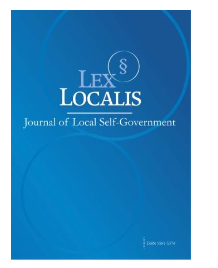LANDSCAPE STRATEGIES TO RESTORE THE GARDENING AREAS OF THE GRADUATE SCHOOL OF THE UNIVERSIDAD NACIONAL DE TRUJILLO, PERÚ
DOI:
https://doi.org/10.52152/yer6ee31Keywords:
Garden, landscape, green area, recovery, strategies.Abstract
Green spaces should be adapted to the design, activity, and configured to the nature of the city for proper maintenance and care. The objective was to propose landscaping strategies to recover the gardening areas of the Graduate School of the Universidad Nacional de Trujillo, Perú. With a total green area of 5,225.1 m2, this qualitative, observational, and direct interview research respected bioethical guidelines for data reliability. It was possible to recover and adapt 87.5% of the green areas for landscaping development and characterized the predominant flora, composed of 22 species from 14 families. The associated birdlife has 20 species from 14 families and 4 orders, predominantly the Passeriformes order. The main pruning waste is Stenotaphrum secundatum, 1000 kg monthly. The concept of a "garden city" was proposed, along with implementation strategies. It is concluded that landscaping improvements sensitize the senses and aptitudes and foster institutional identity.
Downloads
Published
Issue
Section
License
Copyright (c) 2025 Lex localis - Journal of Local Self-Government

This work is licensed under a Creative Commons Attribution-NonCommercial-NoDerivatives 4.0 International License.








